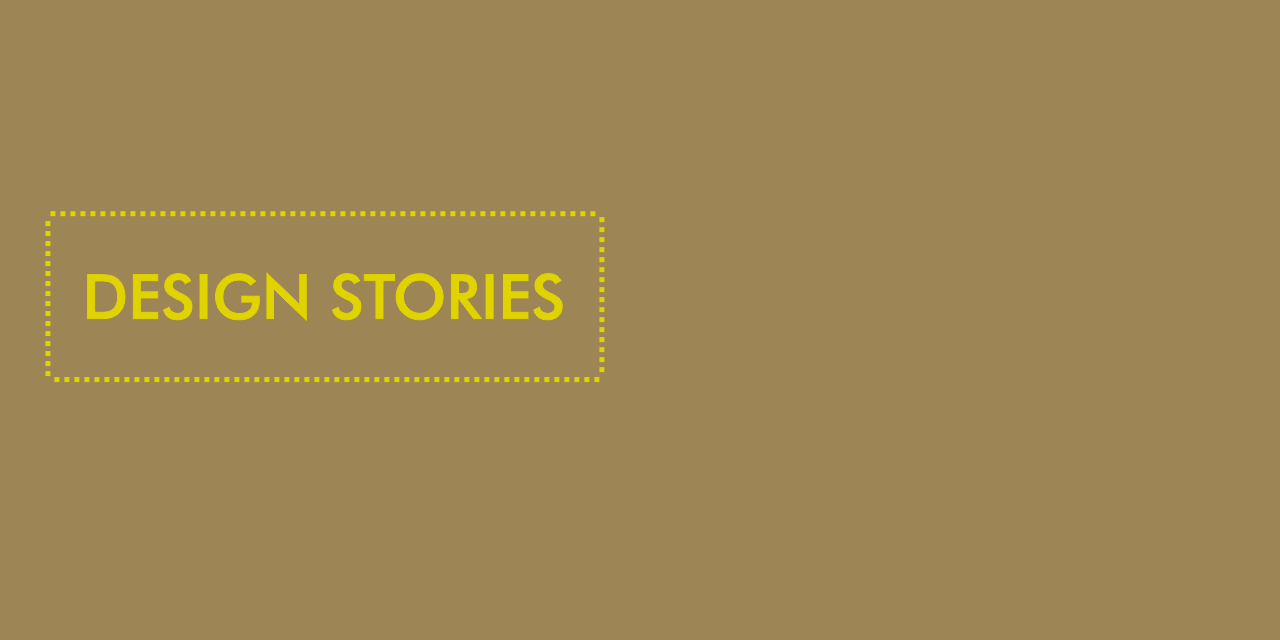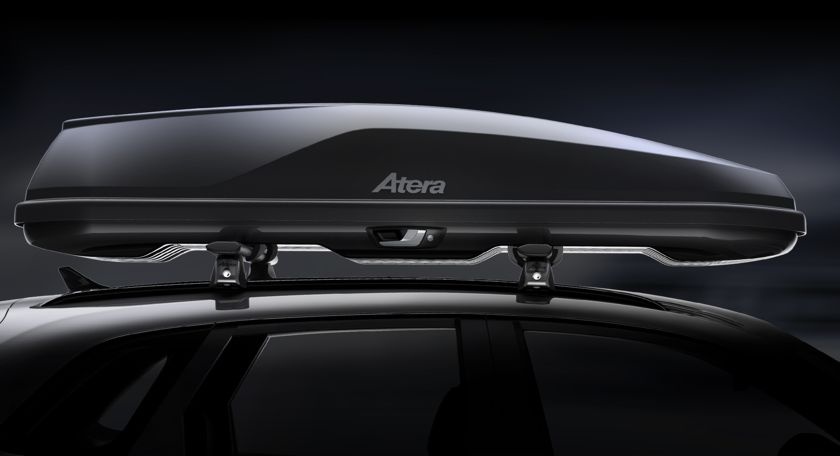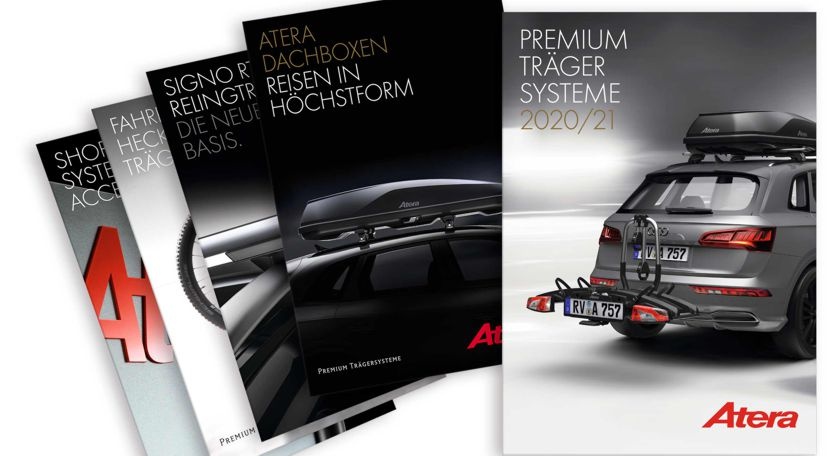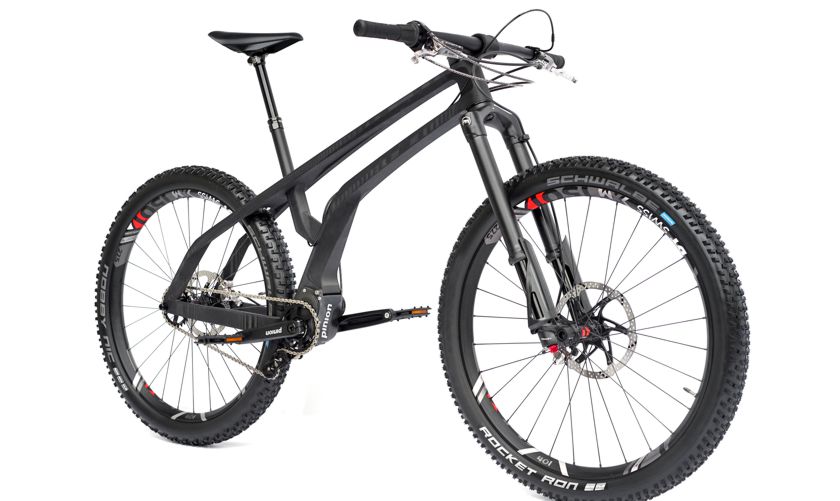SLOGDESIGN
Founded in 1994, Slogdesign is located in Biberach and focuses on the industrial design of technical and ergonomic products, as well as the design of brand communications. Among other things, the firm’s strength lies in its ability to actively combine the two disciplines. Slogdesign was founded by communication designer Susanne Schönberg and industrial designer Jürgen Hinderhofer.
www.slogdesign.de
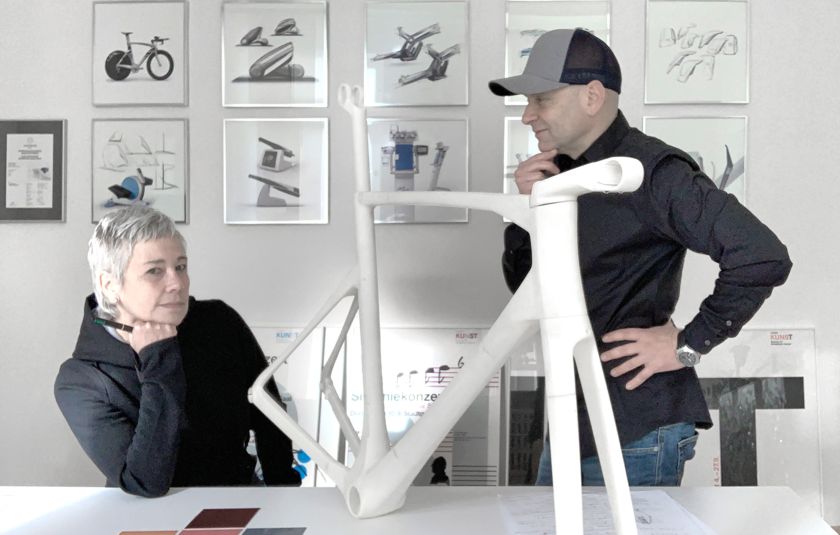
Susanne Schönberg and Jürgen Hinderhofer
www.slogdesign.de

Susanne Schönberg and Jürgen Hinderhofer
